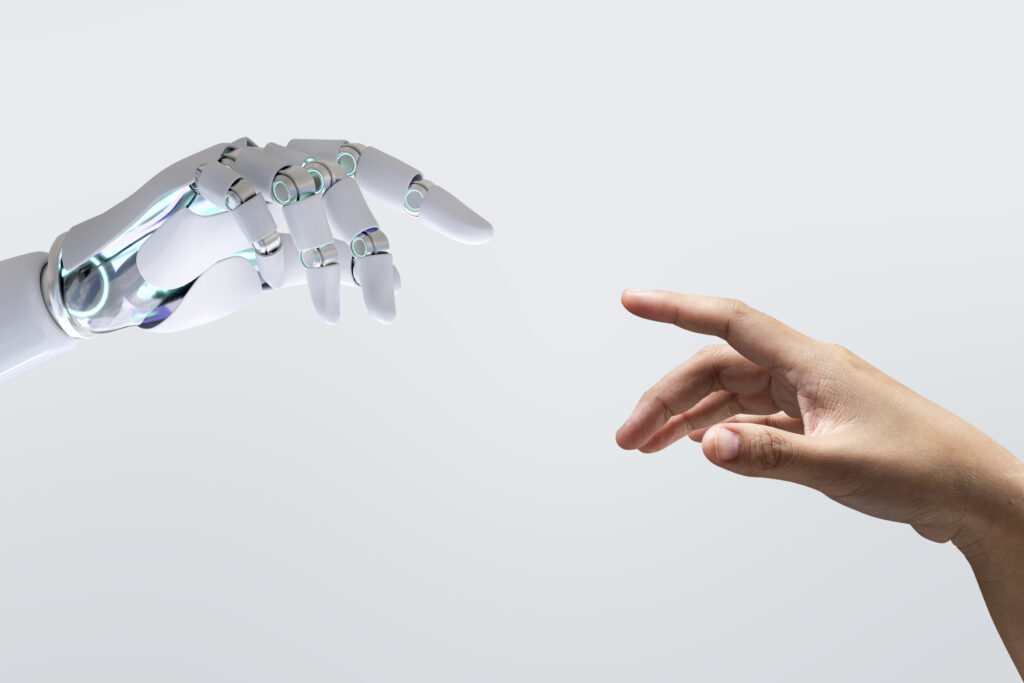As Artificial Intelligence (AI) continues to transform industries and redefine modern life, understanding the types of Artificial Intelligence and how it works has never been more important. From smart assistants to self-driving cars, AI is not a one-size-fits-all technology. It comes in different forms, each with its own capabilities and applications. In this article, we’ll explore the main types of Artificial Intelligence and break down the key components that make AI systems function.

What Is Artificial Intelligence?
Artificial Intelligence refers to the simulation of human intelligence in machines. These systems are designed to think, learn, and make decisions, often mimicking human cognitive processes. Artificial Intelligence technologies are used across sectors such as healthcare, finance, education, marketing, and transportation to improve efficiency and enable automation.
Types of AI: Based on Capabilities
Artificial Intelligence can be categorized into three main types based on how intelligent and capable the system is:
1. Narrow AI
- Definition: Artificial Intelligence that is designed to perform a specific task.
- Examples: Voice assistants like Siri and Alexa, facial recognition, spam filters, recommendation systems.
- Key Point: It cannot perform tasks outside its predefined function.
2. General AI
- Definition: A theoretical form of Artificial Intelligence that has the ability to understand, learn, and apply knowledge across a wide range of tasks—just like a human.
- Examples: Currently non-existent in practice, but the goal of advanced Artificial Intelligence research.
- Key Point: Would require machines to possess consciousness and cognitive abilities equal to or beyond human levels.
3. Superintelligent AI
- Definition: An Artificial Intelligence that surpasses human intelligence in every field, including creativity, decision-making, and emotional intelligence.
- Examples: Hypothetical and often discussed in speculative contexts.
- Key Point: Raises ethical and existential concerns about Artificial Intelligence control and alignment.
Types of AI: Based on Functionality
AI can also be classified based on how it functions and reacts to inputs:
1. Reactive Machines
- Capabilities: Basic Artificial Intelligence that reacts to specific inputs. It does not store memories or past experiences.
- Example: IBM’s Deep Blue chess program.
- Limitation: Cannot learn or adapt to new situations.
2. Limited Memory AI
- Capabilities: Can look into the past and make decisions based on historical data.
- Example: Self-driving cars that observe traffic signals, lane changes, and nearby vehicles.
- Strength: More adaptive and functional than reactive machines.
3. Theory of Mind AI
- Definition: Still theoretical. This type of Artificial Intelligence would be able to understand emotions, beliefs, and intentions of other entities.
- Potential Use: Advanced human-AI interaction, mental health applications.
- Status: Under research and development.
4. Self-Aware AI
- Definition: The most advanced form of AI with its own consciousness and self-awareness.
- Example: Purely theoretical at this point.
- Concern: Raises deep ethical questions about AI rights, safety, and autonomy.
Core Components of AI Systems
Behind every Artificial Intelligence application are several fundamental components that make it work effectively:
1. Machine Learning (ML)
Machine Learning is the backbone of most AI systems. It enables machines to learn from data, identify patterns, and improve over time without being explicitly programmed.
2. Deep Learning
A subset of ML that uses neural networks with multiple layers to analyze data. It powers advanced applications like image recognition and language translation.
3. Natural Language Processing (NLP)
NLP enables machines to read, understand, and generate human language. It is used in chatbots, translation apps, and virtual assistants.
4. Computer Vision
This allows Artificial Intelligence to interpret and process visual data from the world, enabling applications like facial recognition and object detection.
5. Robotics
Combining Artificial Intelligence with mechanical engineering, robotics is used to develop machines that can perform tasks autonomously in real-world environments.
6. Expert Systems
These use rule-based programming to simulate the decision-making ability of a human expert, often used in diagnostics and problem-solving applications.
7. Cognitive Computing
This mimics human thought processes in a computerized model, enabling systems to solve complex problems through reasoning, perception, and decision-making.
Conclusion
The field of Artificial Intelligence is incredibly diverse, with various types serving different purposes and functions. From narrow AI used in everyday tools to the speculative concepts of superintelligence, AI continues to evolve rapidly. Understanding the types of AI and their underlying components helps businesses, developers, and consumers make informed decisions about how to use and interact with these powerful technologies.
Whether you’re a tech enthusiast, a business owner, or a student, staying updated on the latest AI developments is key to thriving in the digital future. If you need any further knowledge please explore my content